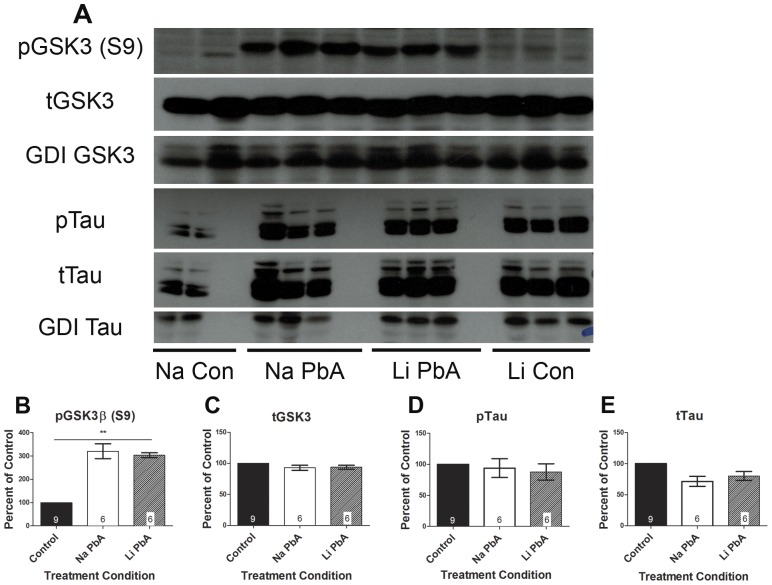Figure 6. Expression of phospho-GSK3β and tau after chloroquine and lithium treatment.
(A–B) PbA infected mice treated with NaCl demonstrated 220% more phospho-GSK3β expression than controls, and PbA infected mice treated with LiCl had 203% higher expression of phospho-GSK3β. One-way ANOVA demonstrated a significant effect of treatment condition (F(2, 18) = 54.82; p<0.0001) with post-hoc Tukey's test confirming significant different means between uninfected control and NaCl-treated ECM mice, and between uninfected controls and LiCl treated mice, but not between the two PbA groups. (C) There was no difference in the expression of total GSK3 between any of the groups. (A, D–E) There were no differences in phosphorylated tau or total tau protein expression between any of the groups. Phosphorylated tau levels returned to normal with CQ treatment with or without adjunctive lithium, and there were no group effects of treatment condition on protein expression of phosphorylated or total tau. For analysis, NaCl and LiCl treated control groups were combined as there were no significant differences in the means and no effect of treatment on mean protein expression. Total GSK3β and tau protein expression levels were normalized to GDI, and absolute total protein levels were used to normalize respective phosphorylated protein levels. Densitometry measurements are illustrated as a percentage of corresponding measurements in uninfected controls. Values plotted as mean ± SEM. n = 4 Na Con, 6 Na PbA, 6 Li PbA, 5 Li Con. **p<0.001. Na Con = NaCl treated control, Na PbA = NaCl treated P. berghei ANKA infected mice, Li PbA = LiCl treated P. berghei ANKA infected mice, Li Con = LiCl treated control. GDI was used as loading control.

